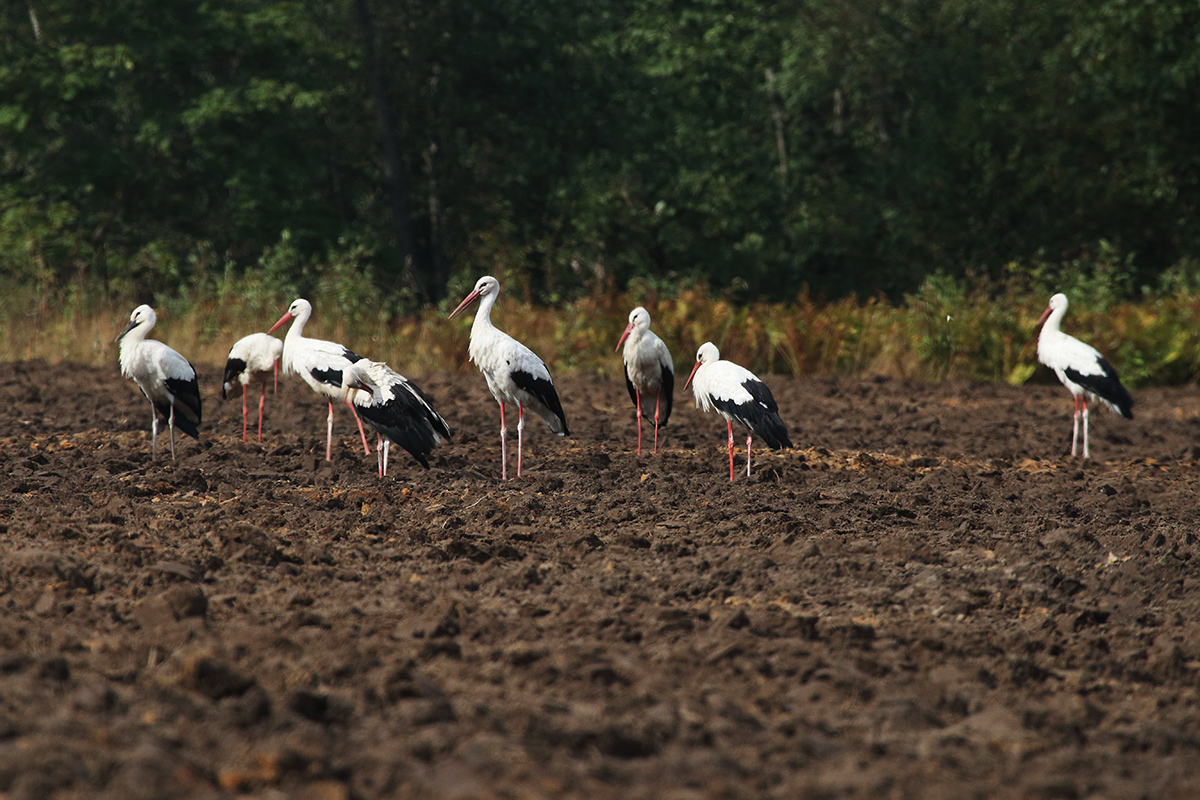The weathering of the source material and the organisms that decompose organic material play an important role in soil formation
Soil is the superficial loose layer of the earth’s crust, formed as a result of the weathering of the source material and the activity of plants and microorganisms. Soil is formed over a very long period of time by the interaction of many natural factors. Soil thickness ranges from a few centimetres to several metres [1].

Soil formation begins with the weathering of the source material and the main factor influencing the weathering processes is the climate. Weathering takes place in the form of physical and chemical processes. Physical weathering (cracking due to temperature fluctuations) is most intense in areas where diurnal temperature fluctuations are significant. The freezing of water in the cracks of the rocks contributes to the weathering of the rock. During chemical weathering, the nutrients necessary for plants and microorganisms are released from the rocks, the chemical composition of the rock also changes, and some soluble substances are carried away. As the chemical processes are more intense at higher temperatures, the chemical weathering of the parent material takes place more intensively in warm and humid climates. The physical and chemical properties of the soil, such as its texture, colour, air and moisture content, and warming rate, depend on the parent material (the rock on which the soil is formed).
Organisms that decompose organic material (insects, worms, fungi, bacteria, protists) also play an important role in soil formation – thus, the soil is formed by the combined action of inorganic and organic components.
Estonian soils have formed after the retreat of the ice sheets, so our oldest soils are over 10,000 years old.
Soils are classified into societies, sub-societies, classes, types, subtypes, species, and varieties on the basis of their formation, development, processes, profile and differentiation, horizons, and physical-chemical properties. The basic unit in most classifications is soil type. The global soil classification covers all the soils in the world, while national and local soil classifications cover the soil of one country or a part of it [2].
Estonian soil types
In about three quarters of Estonian soils, the source rocks are carbonate. Estonia is also characterised by the stoniness of the soils and the large share of paludified or bog soils. One third of the soil cover is made up of various gley soils and more than one fifth of bog soils. Bog soils are especially abundant on forest lands. More than one sixth of the entire territory of Estonia and almost a quarter of the cultivated land is covered by endogleyic soils. On the basis of natural conditions, soil (soil communities), and agricultural and forestry use and improvement of land, eight soil areas are distinguished in Estonia, which, in turn, are divided into 19 sub-areas, and 108 micro-areas [3]. A general overview of soil types and the distribution of soil areas can be found here.
Last modified: 15.11.2021
__________________________________________________
[1] Muld. Eesti Entsüklopeedia. 2006, 2009. http://entsyklopeedia.ee/artikkel/muld3
[2] Mulla klassifikatsioon. Eesti Entsüklopeedia. 2009, 2011. http://entsyklopeedia.ee/artikkel/mulla_klassifikatsioon
[3] Eesti mullastik. Eesti Entsüklopeedia. http://entsyklopeedia.ee/artikkel/eesti_mullastik